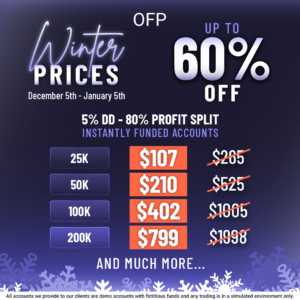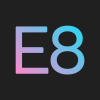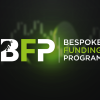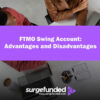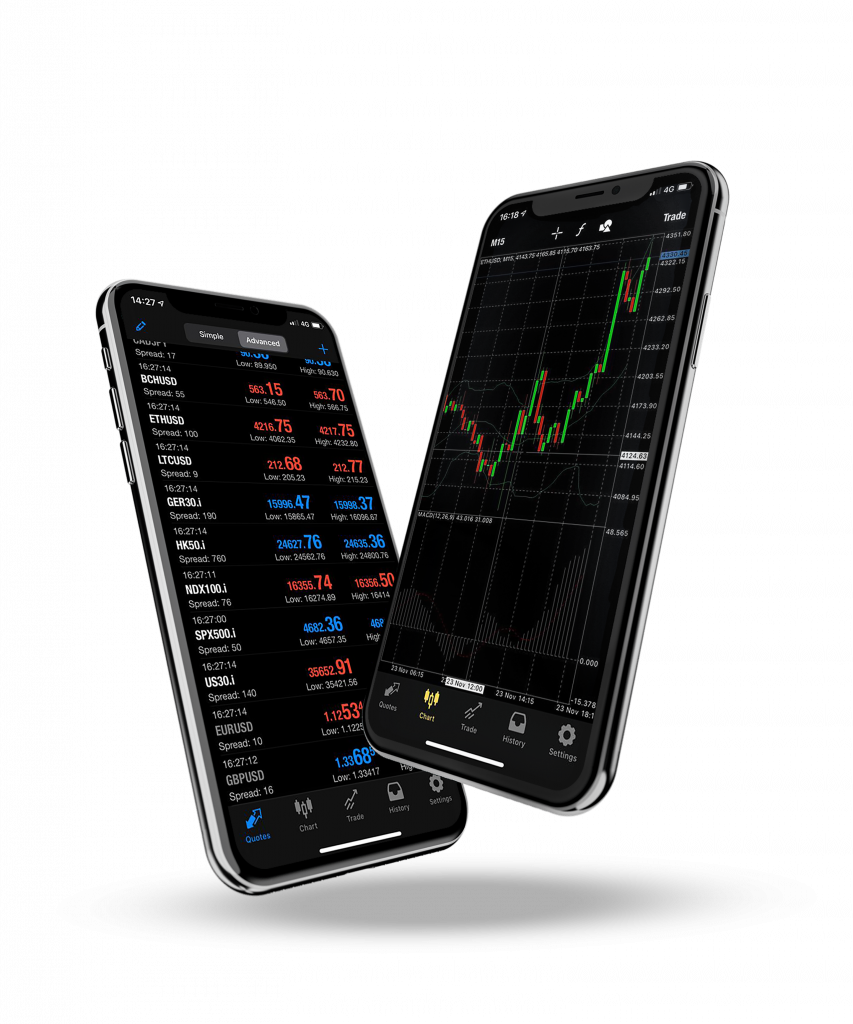Traders must have a solid understanding of the most traded currency pairs in forex to successfully navigate this complicated environment. With a daily trading turnover of over $6 trillion, the forex market is the biggest and most liquid financial market globally. Some currency pairs dominate trading activity in this enormous market because of their volatility, liquidity, and the economic importance of the participating nations. The most traded currency pairs in forex, their traits, and the variables affecting their movements will all be covered in detail in this article.
What Are Currency Pairs
Currency pairs are always traded in forex trading. A base currency and a quotation currency make up a currency pair. The quote currency is the second listed currency in the pair, and the base currency is the first. For example, firms such as Funding Pips have said that they will shortly stop providing MT5 services to US residents and citizens. This action follows a larger pattern in which several prop firms are severing their connections with US clients, mostly because of worries about regulatory compliance and the possibility of fraud on these platforms.
Major Currency Pairs
A common term used to describe the most traded currency pairs in forex is “major pairs.” These pairs make up a sizable amount of the world’s trading volume and typically involve the US dollar (USD). The most traded currency pairs in forex are as follows:
Euro/US Dollar, or EUR/USD:
- Trading Volume: About 27.95% of all Forex transactions.
- Features: The most traded currency pair in the world, the EUR/USD pair represents the economic ties between the US and the Eurozone. It is a favorite among traders due to its small spreads and great liquidity.
USD/JPY (US Dollar/Japanese Yen)
- Trading Volume: About 13.34%.
- Features: Interest rate differences between the US and Japan have a significant impact on the USD/JPY pair. In uncertain economic times, the yen is frequently regarded as a safe-haven currency.
GBP/USD (British pound/US dollar)
- Trading Volume: About 11.27%.
- Features: Known as “Cable,” this pair is renowned for its volatility and notable price swings that are impacted by UK political and economic developments.
AUD/USD (Australian dollar/US dollar)
- Trading Volume: About 6.37%.
- Features: Australia’s economic performance and commodity prices, especially those of gold and iron ore, are reflected in the AUD/USD pair.
USD/CAD (US Dollar/Canadian Dollar)
- Trading Volume: Approximately 5.22%.
- Features: Because Canada is a significant oil exporter, it is susceptible to changes in the price of crude oil, which affects this pair.
USD/CHF (US Dollar/Swiss Franc)
- Trading Volume: About 4.63%.
- Features: The Swiss franc is frequently seen as a safe-haven currency, which raises demand when the market is volatile.
NZD/USD (New Zealand Dollar/US Dollar)
- Trading Volume: Approximately 4.08%.
- Features: New Zealand’s agricultural exports and commodity prices have an impact on this pair, much like they do on the AUD/USD.
Cross Currency Pairs
Apart from main pairs, there are also cross-currency pairs that incorporate other major currencies but do not involve the US dollar:
EUR/JPY (Euro/Japanese Yen)
- Trading Volume: It is roughly 3.93%.
- Features: This pair is well-liked by traders due to its volatility and combines two important currencies.
GBP/JPY (British pound/Japanese yen)
- Trading Volume: Approximately 3.57%.
- Features: This pair draws traders seeking high volatility possibilities due to its notable price swings.
EUR/GBP (Euro/British Pound)
- Trading Volume: It is roughly 2.78%.
- Features: This cross-pair is sensitive to geopolitical developments like Brexit because it represents the economic situation in both Europe and the UK.
Exotic Currency Pairs
One major currency and a currency from a developing or smaller country make up exotic pairs:
US Dollar/Hong Kong Dollar, or USD/HKD:
- Trading Volume: Because Hong Kong is a financial center, its trading volume varies but can be substantial.
USD/SGD (US Dollar/Singapore Dollar):
- Singapore’s robust economy and commercial connections in Asia are reflected in the USD/SGD exchange rate.
USD/THB (US Dollar/Thai Baht):
- Thailand’s trade dynamics with major economies are represented by the USD/THB (US Dollar/Thai Baht) exchange rate.
In contrast to major or cross pairings, exotic pairs usually have lesser liquidity and bigger spreads, even though they could have special trading opportunities.
Factors Affecting the Movement of Currency Pairs
In Forex trading, a number of factors affect the value of currency pairs:
- Economic Indicators: Currency values can be greatly impacted by important economic data releases, including GDP growth rates, employment statistics, inflation rates, and trade balances.
- Interest Rates: Exchange rates are significantly influenced by central bank interest rate choices. Higher interest rates usually draw in foreign investment, which causes the value of that currency to rise.
- Political Stability: Because of heightened investor confidence, nations with stable political systems typically have stronger currencies.
- Market Sentiment: Depending on news events or geopolitical developments, traders’ opinions about future market movements may cause variations in the demand for particular currencies.
- Global Events: As traders respond to shifting circumstances, natural disasters, geopolitical unrest, or significant world events can cause volatility in the forex markets.
In conclusion
To successfully navigate this dynamic market, traders must have a solid understanding of the most traded currency pairs in Forex. Because of their liquidity and impact on world economies, major pairs like EUR/USD, USD/JPY, and GBP/USD control trading volumes.
To properly trade these pairs, traders need to stay knowledgeable about the different factors that affect currency rates, such as geopolitical events and economic indicators.
Traders can improve their tactics and increase their chances of success in the cutthroat world of Forex trading by concentrating on high-volume pairings and comprehending their traits and influences.
In conclusion, learning these fundamental ideas will provide you with important insights into forex trading, one of the most fascinating financial markets in the world, regardless of your level of experience.
Frequently Asked Questions
Why Is EUR/USD The Most Traded Currency Pair?
The EUR/USD pair is highly traded due to several factors:
- Economic Significance: It represents the two largest economies in the world—the Eurozone and the United States—making it a barometer for global economic health.
- High Liquidity: The high trading volume ensures tight spreads, making it attractive for both retail and institutional traders.
- Market Sentiment: Economic data releases and geopolitical events significantly impact this pair, providing ample trading opportunities.
How Do Traders Choose Which Currency Pair To Trade?
Traders often consider several factors when selecting a currency pair:
- Liquidity: Major pairs like EUR/USD and USD/JPY offer high liquidity, making them easier to trade without significant price impacts.
- Volatility: Some traders prefer more volatile pairs that provide greater price swings, offering potential for larger profits but also increased risk.
- Economic Events: Traders may choose pairs based on upcoming economic reports or geopolitical events that could impact specific currencies.
What Role Does The U.S. Dollar Play In Forex Trading?
- The U.S. dollar is often referred to as the world’s reserve currency and plays a crucial role in global trade and finance. It is involved in more than 50% of all Forex transactions, making it a dominant force in the market. Many traders prefer to trade pairs involving USD due to its stability and liquidity.





